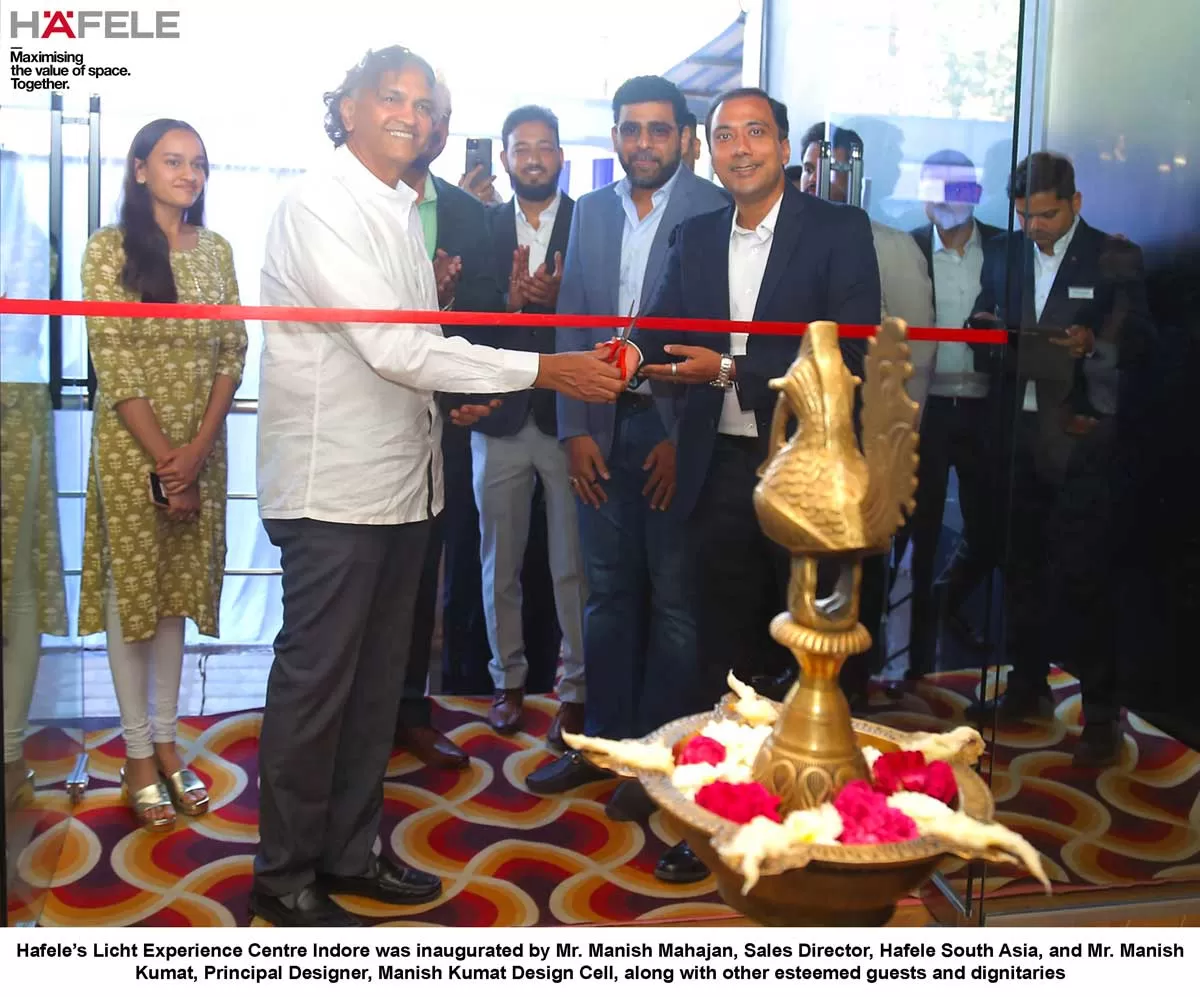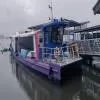India’s most expensive IT corridors
21 Dec 2017
7 Min Read
Editorial Team
India is touted as one of the biggest IT destinations in the world, and it was one of the first countries to benefit from the outsourcing trend that originated in the early 1990s. With a significantly large English-speaking workforce and technically skilled manpower available at relatively affordable costs, India rose to fame as an offshoring hub. The term ‘Bangalored’ – coined for the country’s preferred offshoring destination – reflects the global impact of India’s IT industry.
With revenues of around $160 billion and the IT industry undergoing transmutation from low-value offshoring processes to high-end analytics functions, it is a good time to look at some key office corridors that have become synonymous with our IT industry.
India’s IT corridors
Reflecting the huge demand that comes from technology occupiers, both global and domestic, approximately 70 per cent of India’s commercial Grade A stock comprises of IT and SEZ developments. Each of the major seven cities is has prominent IT corridors that are preferred destinations for the IT industry.
Bangalore
With 92 million sq ft of IT-specific real estate inventory in the market, Bangalore takes top spot as one of the leading IT destinations. Accounting for the presence of more than 35 per cent of all IT companies in India, including a mix of multinational firm back offices, captive back offices and Indian tech giants, the city is undoubtedly the largest contributor to the IT market in terms of space take-up.
Major IT corridors in Bangalore include the entire Outer Ring Road (ORR) corridor and Whitefield. ORR is the most expensive corridor, with rentals going up to $1.24 per sq ft per month, owing to its good road infrastructure, well-established residential catchments in the vicinity and well as innovative infrastructure such as a signal-free corridor.
There is a lot of focus on infrastructure development in this micro-market, making it a go-to location for IT firms. A lack of supply with sustained demand has enabled landlord-favouring market conditions, and this corridor is bound to see rents growing further. This is visible in the increasing trend of companies pre-committing to upcoming office space supply in this market.
Delhi-NCR
The Delhi-NCR IT corridor has Cybercity and Sohna Road, in addition to Noida where most of the IT industry is concentrated. While the average rentals for most of the locations range between $0.62-0.93 per sq ft per month, DLF Cybercity is the most expensive market with rents trending at $1.7 per sq ft per month.
Cybercity has 13.4 mn sq ft of quality office stock controlled by a single landlord, giving the entire market a campus-style environment. It has excellent connectivity via NH-8 to and from Delhi, as well as multiple infrastructure initiatives to curb peak hour congestion – Rapid Metro, 16-lane expressway, good traffic management and control, pubic parking spaces and walkways between buildings to reduce pedestrian movement on roads. The market also has excellent support retail. It is one of the most expensive F&B high streets, and is a destination of choice for professionals and residents.
Hyderabad
Hitech City is Hyderabad’s most expensive IT corridor and has remained the most sought-after location for IT and ITeS firms due to its excellent ecosystem, quality Grade-A office spaces, large floor plates and presence of a combination of non-IT, STPI and SEZ spaces. With well-rounded development, it exhibits a perfect blend of residential projects, upcoming retail malls, hotels, office spaces and exhibition centres.
With most office projects here operating on a pure lease model, private equity funds have been active in transacting large-sized projects. Since there is limited stock and strong demand, several renewals have also been witnessed along with low vacancy levels, with rents trending between $0.74-0.85 per sq ft per month. Other major IT corridors for Hyderabad are Gachibowli,Nanakramguda and Raidurg, all with average rentals of $0.70-0.80 per sq ft per month.
Mumbai
In Mumbai, the western suburbs corridor is the most expensive IT market with rentals trending at $1.3 per sq ft per month. Large multi-national firms prefer this location to set up business processing units and captive back offices. This is because it offers easy access to talent, and excellent social infrastructure with proximity to malls and residential catchment areas adding to the attractiveness of this location. The upcoming metro line will enable greater connectivity in this corridor and as a result, rentals are seeing a steep upward trend of over 10-12 per cent YoY.
Other IT corridors include the Thane and Navi Mumbai belt with peppered supply across the Eastern Suburbs. Navi Mumbai, which is an already establish corridor, is expected to become one of the most sought-after destinations in the future. With large floor plates, ease of access, market rentals as low as $0.70 per sq. ft per month and ample SEZ and non SEZ stock, it is ideal for large-format IT parks. This market usually sees pre-commitment of supply from large IT firms at even lower rentals, and is fast becoming a destination of choice for large MNCs.
Kolkata
The districts of Sector V in Salt Lake command the highest rentals ranging from $0.54-0.70 per sq ft per month. It is one of the earliest-developed IT corridors in the city with Grade A & B buildings housing several Indian and MNC IT companies. This corridor has office buildings with medium to large size floor plates and is located close to the main city areas. These factors, coupled with the availability of quality Grade A office spaces, creates high demand from office occupiers and thereby results in higher lease rentals as compared to Rajarhat New Town, which is the other IT corridor commanding average rental of $0.46-0.59 per sq ft per month.
Chennai
The OMR pre-toll location sees the maximum traction from the IT industry, with rentals as high as $1.24 per sq ft per month. This IT corridor consists of Grade A buildings with easy access to the city centre. Proximity to good social infrastructure also helps it to remain a location of choice for major MNC firms. With limited vacancy and no new upcoming office buildings in the near future, the rentals in this corridor are expected to rise.
Pune
Pune is a popular IT location due to the availability of a large talent pool regularly emerging from the city’s many educational institutes. Kharadi-Hadapsar is the most expensive IT corridor in the city, commanding average rentals of $1 per sq. ft. per month. Excellent connectivity and proximity to social infrastructure have been the major drivers for this corridor, firmly establishing it as a destination of choice. Low vacancy coupled with a robust demand momentum is driving rental growth here.
Hinjewadi has also emerged as a favoured IT destination, supported by government policy promoting campus development and its relatively affordable rents. Firms prefer to enter into long-term lease agreements in this corridor.
In conclusion
The talent abundance in the large cities has been the primary reason for the IT industry to flourish, with the availability of quality real estate and support infrastructure being of equal importance to IT occupiers.
India’s strength as an outsourcing destination will remain intact as it continues to churn out skilled engineers and industry-compatible graduates. Re-skilling of our workforce as the IT industry moves up the value-chain and explores sectors such as Artificial Intelligence and high-end digital and social analytics will also aid in keeping up India’s attractiveness as an IT destination. These firms will also be able to afford the slightly higher rents in established IT corridors.
Increasing real costs are resulting in creation of newer IT corridors within the larger cities as well, with development moving further away from the city centres for offshoring occupiers. We expect that the talent and infrastructure in select Tier-II and Tier-III cities will also be attractive for IT occupiers for undertaking entry-level outsourcing work, and the affordable real estate costs in such cities will also be an added incentive for them.
About the Author:
Ramesh Nair is CEO & Country Head, JLL India.

















